 Abraham Lincoln
If given the truth, the people can be depended upon to meet any national crisis...
Abraham Lincoln
If given the truth, the people can be depended upon to meet any national crisis...
 Guildford news...
for Guildford people, brought to you by Guildford reporters - Guildford's own news service
Guildford news...
for Guildford people, brought to you by Guildford reporters - Guildford's own news service
Birdwatcher’s Diary No.138
Published on: 25 Jun, 2017
Updated on: 25 Jun, 2017
By Malcolm Fincham
The days leading up to the middle of June turned out to be quite eventful. A time when the avian life usually begins to settle down and I turn my thoughts to butterfly species.
On June 8 I visited Thursley Common. Traversing the heathland from its eastern edge by the A3, I took a slow amble along one of the many sandy tracks in the direction of the Moat pond on the western side.
Although overcast as I set out, with a few light passing showers, I always find walks in such areas inspirational. Especially now that a few, immediately noticeable, patches of heather were already starting to break into bloom, as I began the walk.
Among the newly flowering heather I got to spot my first silver-studded blue butterflies of the year. Just out on the wing, light precipitation kept them from opening their wings for better photos.
Walking down the steep slope toward the Parish Field bird sound was in the air.
Mostly recognisable as stonechats and Dartford warblers.
A skylark could be seen overhead, singing its heart out. Woodlarks could also be seen and heard in song.
The common redstart’s typical “twick-twick” or “hwii-tik-tik”, a plaintive “hwiiit” and a sharp “tchak”. Suggested to me that they were probably already feeding young.
A closer inspection of one particular adult male showed it to have a ring on its leg. I later learned it had been ringed last year at Frensham by ”Jeremy”. One of Surrey Bird Club’s licensed ringers.
Other less recognisable contact calls could be heard from newly fledged birds, staying in touch with their parents.
As I walked by the Parish Field I was taken by surprised to see the bird, locally nicknamed by my friend Bob as ”Colin the confiding cuckoo”, was still performing his ”stage act”.
Noticing just one guy in the audience, taking photos of the latest public presentation, I felt it rude to ignore.
Beckoned to join in, alongside the photographer, I decided this time to concentrate on attempting ”in-flight shots”.
I must say, I was quite pleased with some of the results!
On June 10 news came from Dougal of reports of a rare Surrey visitor. A red-footed falcon had been sighted on Frensham Common. And a stunning example of a first summer male.
The last and one of only a few previous Surrey sightings was an exhausted one rescued in Shamley Green in 1997. Revived, it was released on Thursley Common. It was thought to be the same bird recorded on two dates around that time by stalwart birdwatcher Brian Milton on his ”patch” at Unstead Sewage Farm.
Frensham Common, unlike Thursley, is a heathland area still in progress. Recovering from fire damage, a few dead and charred trees litter the landscape, while new growth of silver birch had already started to return to life on the western side of Kings Ridge. A perfect habitat for such a rare visitor to Surrey.
The red-footed falcon (Falco vespertinus) is a small, slender bird of prey in which the male and female vary considerably in dimorphic appearance. The graceful red-footed falcon flies with occasional quick wing beats and longer periods of gliding while it continually adjusts its long wings and tail.
It captures much of its food in flight, particularly crickets, locusts and grasshoppers. It flight can become erratic and jerky when in pursuit of a meal. It will often hover, kestrel-like, for short periods, as it searches for prey on the ground, and will even run along the ground after prey such as voles, mice, shrews, lizards and toads.
It breeds in eastern Europe and west, central and north-central Asia, from Estonia and Hungary to extreme north-western China. It pends its winter in south-west Africa.
The red-footed falcon hunts most actively around dawn and dusk, when it can be seen flying low, particularly over rivers in its native habitats. Crepuscular in nature as its Latin name vespertinus suggests.
Adding to our day list there, were stonechats, Dartford warblers, skylarks and woodlarks.
A hobby also flew over, momentarily confusing a growing group of birdwatcher’s close by us, hoping it might be the similar looking ”red-foot”.
Captivating to me was a rather pale looking common buzzard that I had seen it in the area on previous occasions.
The following day we off on another ”twitch”. This time to the West Sussex coast, following up on reports of a bird that had ”terned” up at Church Norton, Pagham Harbour. It was an elegant tern. A medium-sized tern with a shaggy crest and a long, slightly drooping orange bill.
It is about the size of a sandwich tern and native along the Pacific coast. After nesting in very southern California and Mexico, it wanders northward to northern California, or even to British Columbia.
The bird’s tag shows this one was ringed at Banc d’Arguin, Arcachon, Gironde, France. And likely to have been in a colony of sandwich terns in France, that have arrived at Church Norton to breed.
They are known to hybridising with sandwich terns. However, DNA samples taken at the time it was ringed, have proved that this bird is a pure elegant tern. https://www.youtube.com/watch?
And it’s quite possible it may have come over with this colony of sandwich terns to breed. And it has been certainly been displaying mating behaviour.
Habitat restoration work undertaken by the RSPB at Pagham in recent years has been part of a wider UK effort to save threatened little and roseate tern populations from becoming extinct. This has been funded by the EU LIFE+ Nature Little Tern Recovery Project.
The only drawback is that the “tern island” they are breeding is quite distant to view.
Although views through a telescope were okay, the possibility of a photo, however, was at its best distant record shots.
On an island close by was a family of peregrines. And with two young fledglings to feed, the food source there was plentiful.
A bird there with a long orange bill, and easier for me to photograph was an oystercatcher.
It was a pleasure for me, however, to get a few reasonable pictures of some of the hundred or so Mediterranean gulls that now nest on the “tern island”.
And even a few pictures of the what I feel are ”just as elegant” little terns that also breed there.
Locally, a brief visit to Whitmoor Common threw up a few delights.
These included:
A small group of linnets.
Dartford warblers.
At least two willow warblers singing.
A family of newly fledged stonechats.
While other pictures on my ”travels” around Guildford, included:
A male bullfinch on a garden feeder.
Coupled by a greater spotted woodpecker.
A mute swan flying headlong toward me. Fortunately, just in the hope I might have food for it.
Swallows, some still pairing up and building nests.
Swifts, flying in groups, low over rooftops.
A grey heron fishing by a pond.
An unusual angled shot of a ring-necked parakeet as it flew overhead.
And a field vole (also known as the short-tailed vole) common in grassland, heathland and moorland habitats.
Field voles eat seeds, roots and leaves, and, further up the food chain, form an extremely important part of the diet of many predators, such as kestrels, weasels and barn owls.
And of course, one of its predators, the kestrel.
An adult drake mandarin in its glorious colours.
A grey wagtail, its beautiful yellow body highlighted by a shaft of evening sunlight.
And added to that, a few glorious sunsets to add to June’s inspiring colours.
Responses to Birdwatcher’s Diary No.138
Leave a Comment Cancel replyPlease see our comments policy. All comments are moderated and may take time to appear.
Recent Articles
- Guildford Institute’s Crowdfunding Project for Accessible Toilet in its New Community and Wellbeing Centre
- Letter: Guildford – Another Opportunity Missed?
- Letter: GBC’s Corporate Strategy – Where Is the Ambition?
- My Memories of John Mayall at a Ground-breaking Gig in Guildford Nearly Six Decades Ago
- Westborough HMO Plans ‘Losing the Heart of the Street’ Says Resident
- College Invests to Boost Surrey’s Economy and Close Digital Skills Gap
- Community Lottery Brings Big Wins for Local Charities
- GBC Housing Plan Promises ‘A Vibrant Urban Neighbourhood’ Near Town Centre
- Hospital Pillows ‘Shortage’ at the Royal Surrey
- Updated: Caravans Set Up Camp at Ash Manor School


Recent Comments
- Ian Macpherson on Updated: Main Guildford to Godalming Road Closed Until August 1
- Sara Tokunaga on GBC Housing Plan Promises ‘A Vibrant Urban Neighbourhood’ Near Town Centre
- Michael Courtnage on Daily Mail Online Reports Guildford Has Highest-paid Council Officer
- Alan Judge on GBC Housing Plan Promises ‘A Vibrant Urban Neighbourhood’ Near Town Centre
- John Perkins on GBC Housing Plan Promises ‘A Vibrant Urban Neighbourhood’ Near Town Centre
- S Collins on GBC Housing Plan Promises ‘A Vibrant Urban Neighbourhood’ Near Town Centre
Search in Site
Media Gallery
Dragon Interview: Local Artist Leaves Her Mark At One of England’s Most Historic Buildings
January 21, 2023 / No Comment / Read MoreDragon Interview: Lib Dem Planning Chair: ‘Current Policy Doesn’t Work for Local People’
January 19, 2023 / No Comment / Read MoreA3 Tunnel in Guildford ‘Necessary’ for New Homes, Says Guildford’s MP
January 10, 2023 / No Comment / Read More‘Madness’ for London Road Scheme to Go Ahead Against ‘Huge Opposition’, Says SCC Leader
January 6, 2023 / No Comment / Read MoreCouncillor’s Son Starts Campaign for More Consultation on North Street Plan
December 30, 2022 / No Comment / Read MoreCounty Council Climbs Down Over London Road Works – Further ‘Engagement’ Period Announced
December 14, 2022 / No Comment / Read MoreDragon Interview: GBC Reaction to the Government’s Expected Decision to Relax Housing Targets
December 7, 2022 / No Comment / Read MoreHow Can Our Town Centre Businesses Recover? Watch the Shop Front Debate
May 18, 2020 / No Comment / Read More



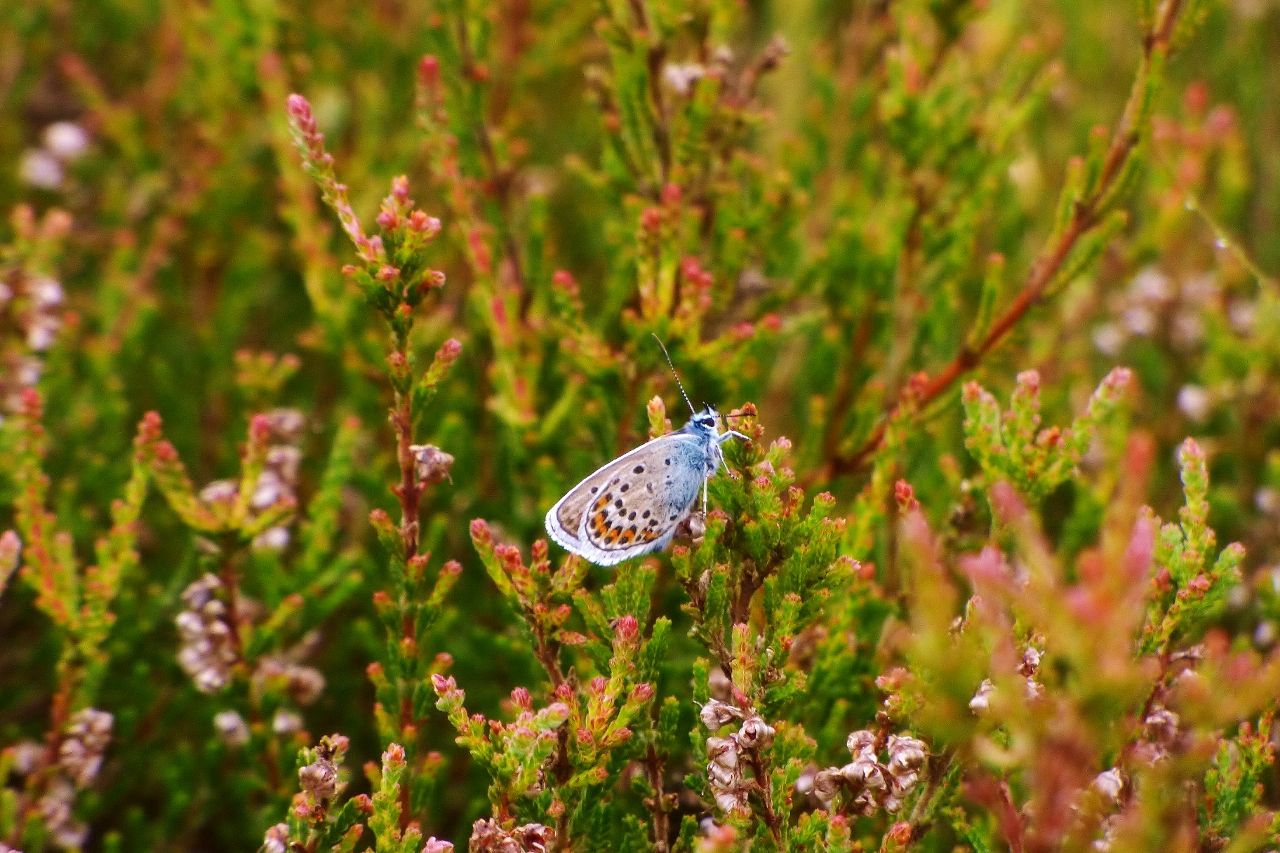
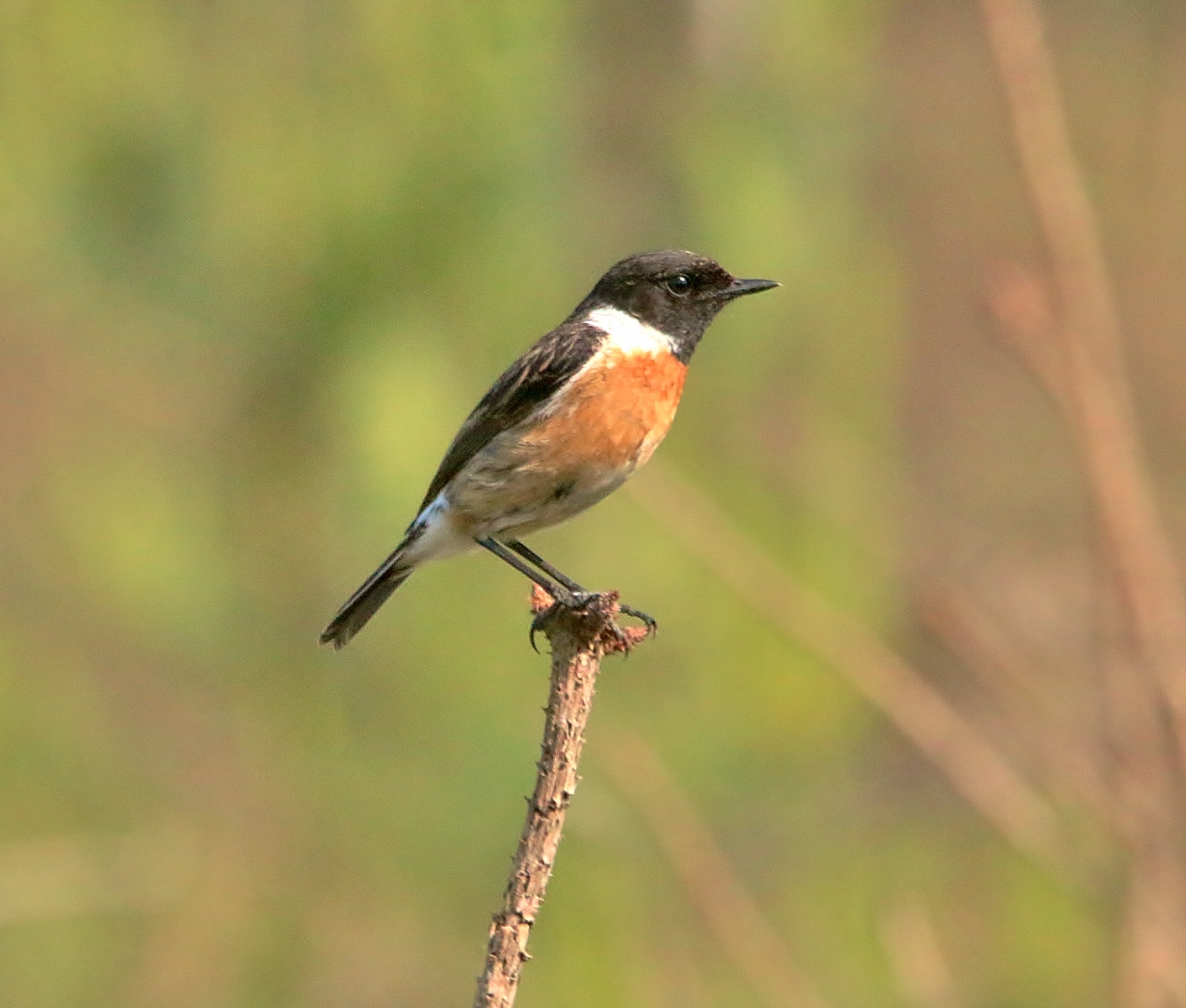
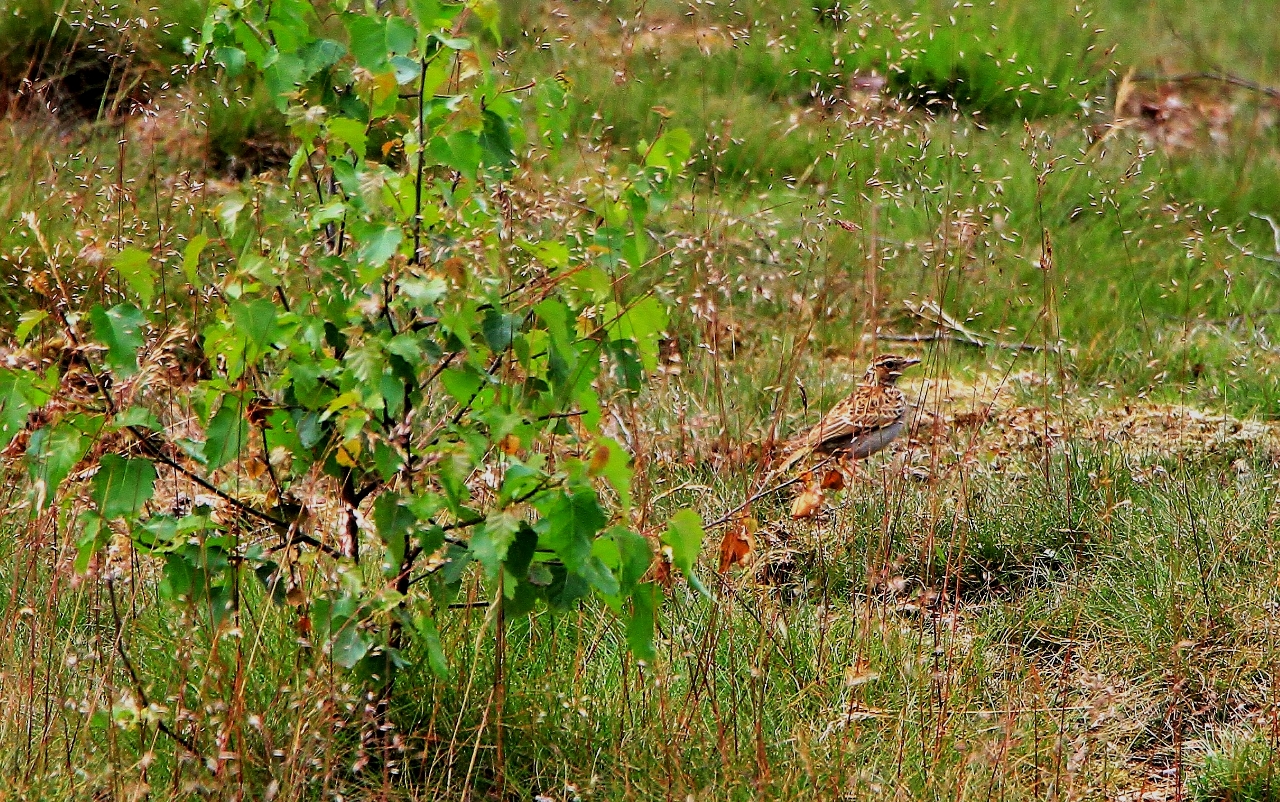
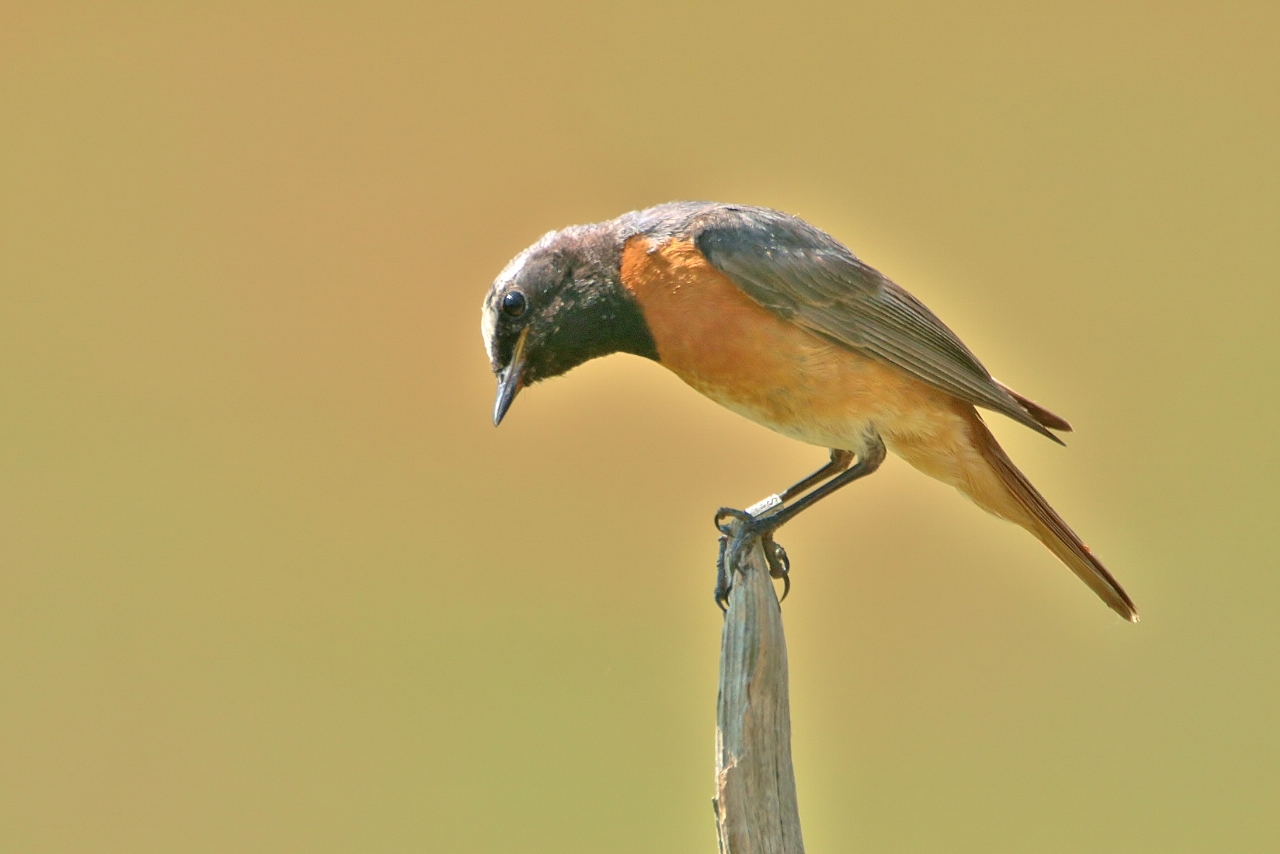
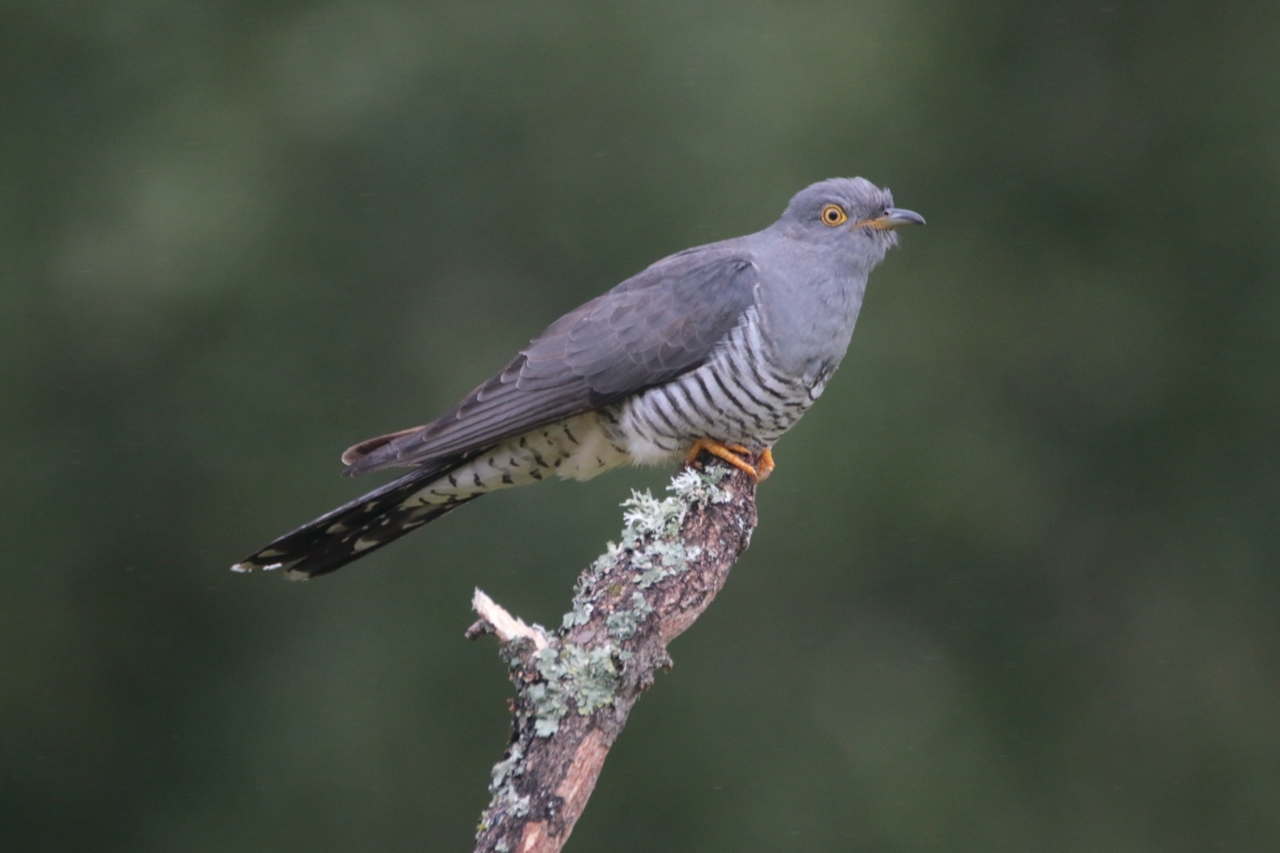

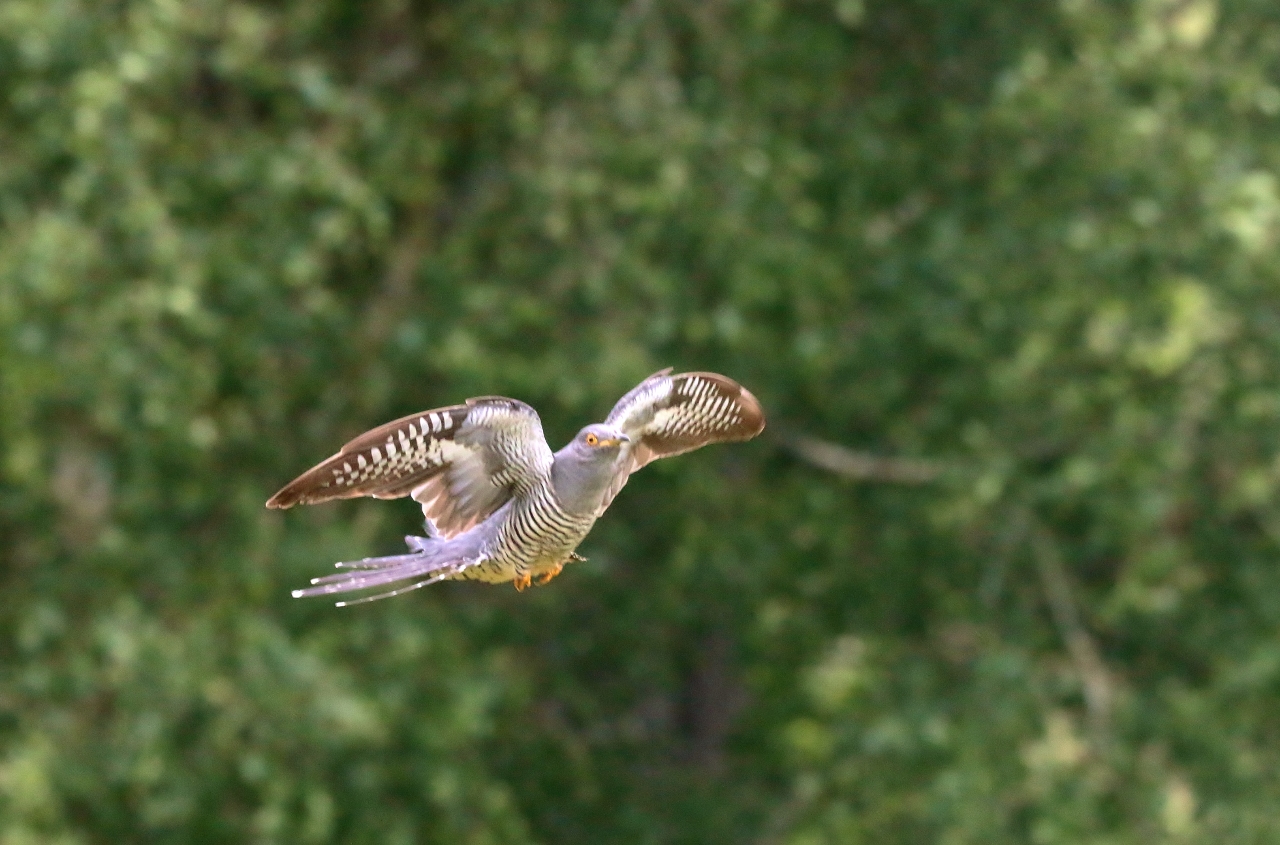
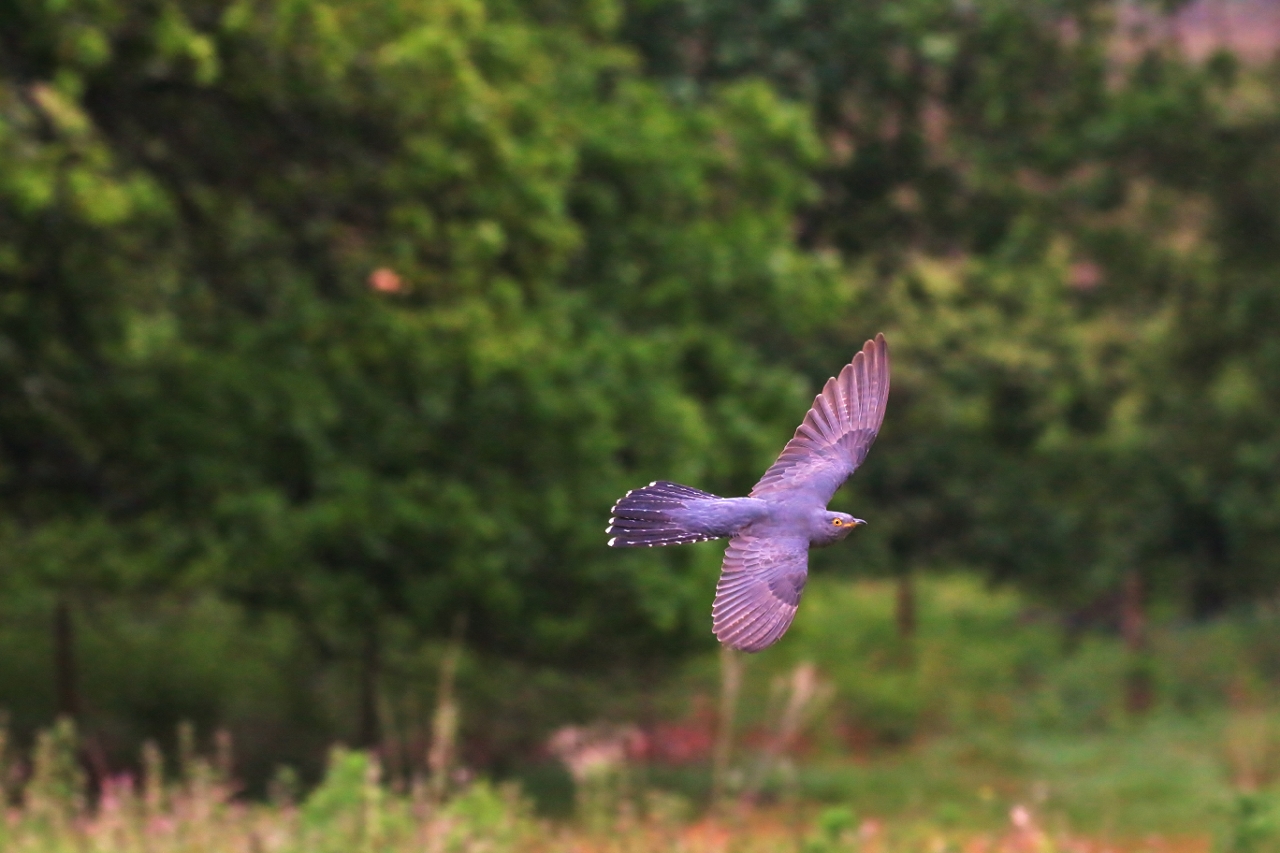
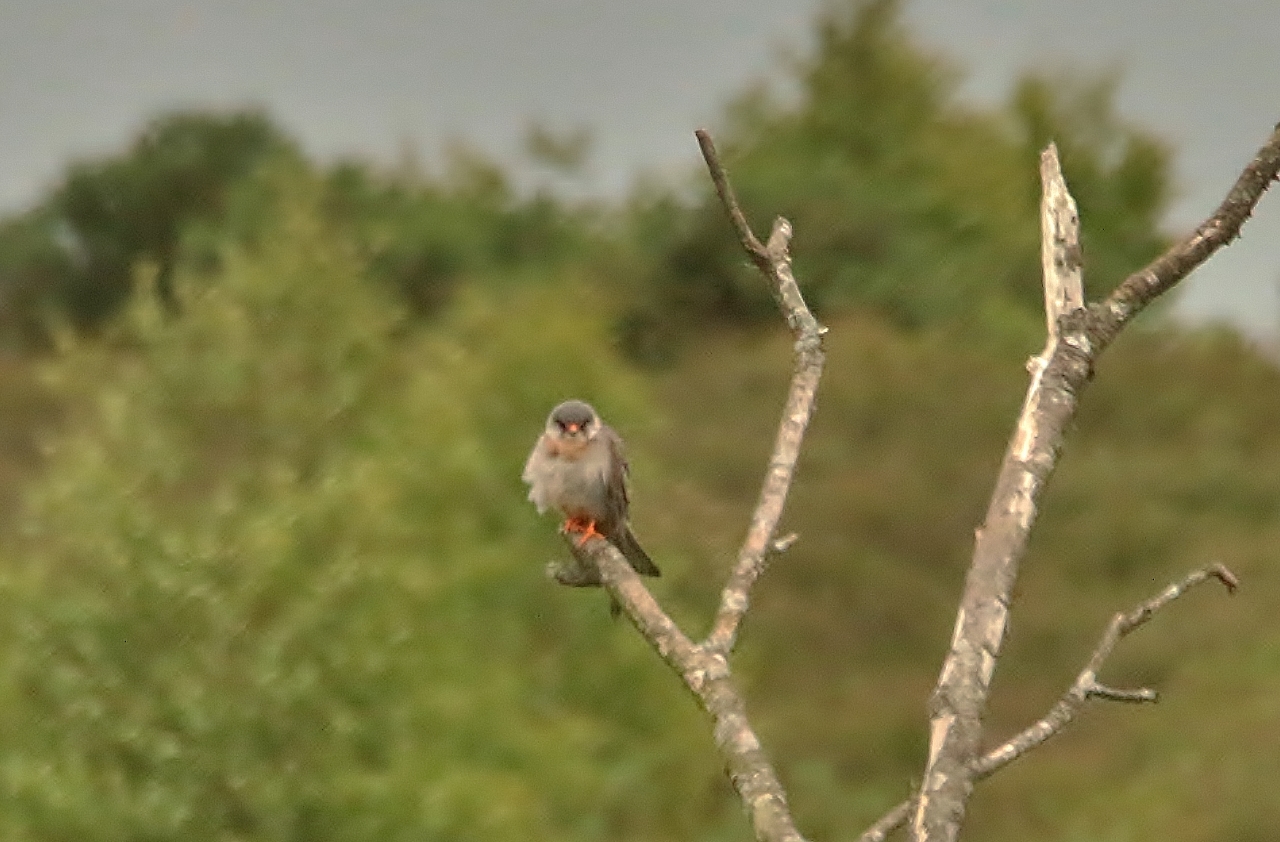
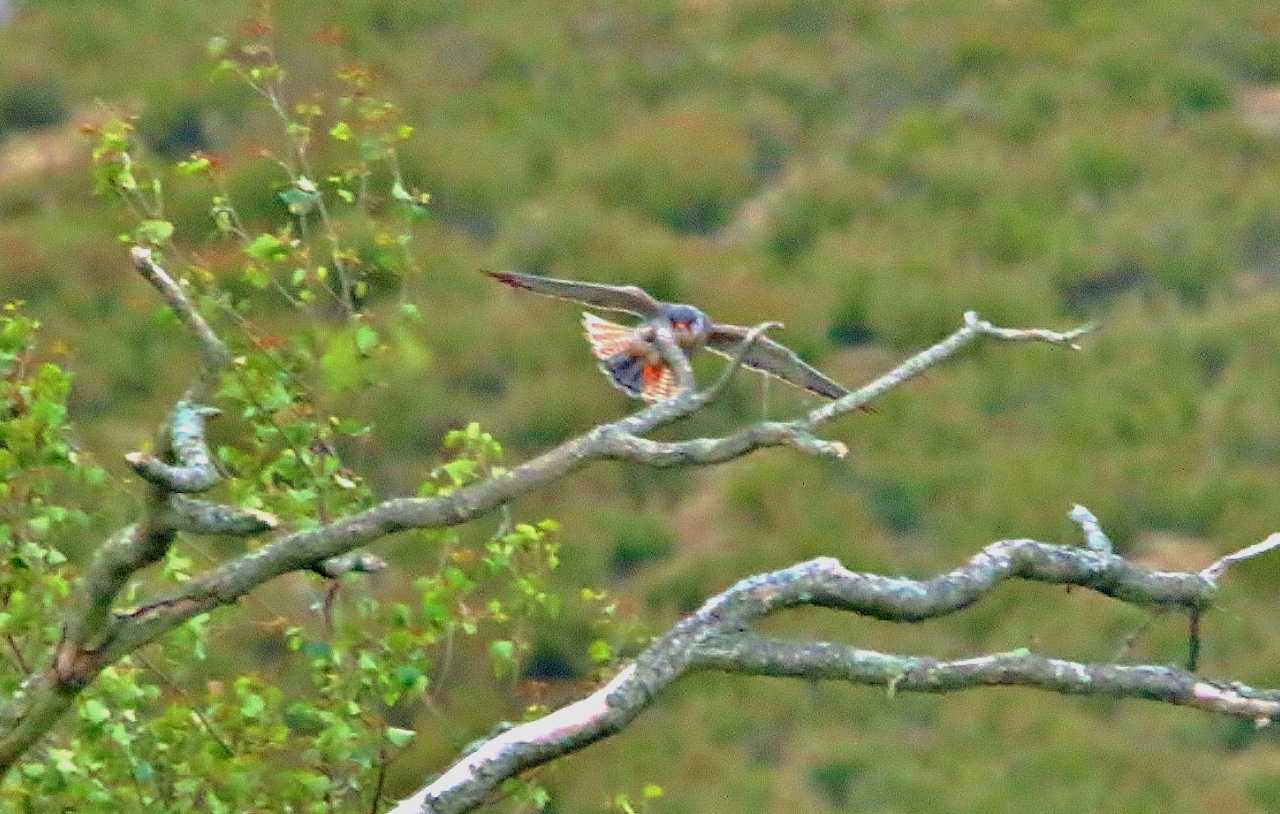

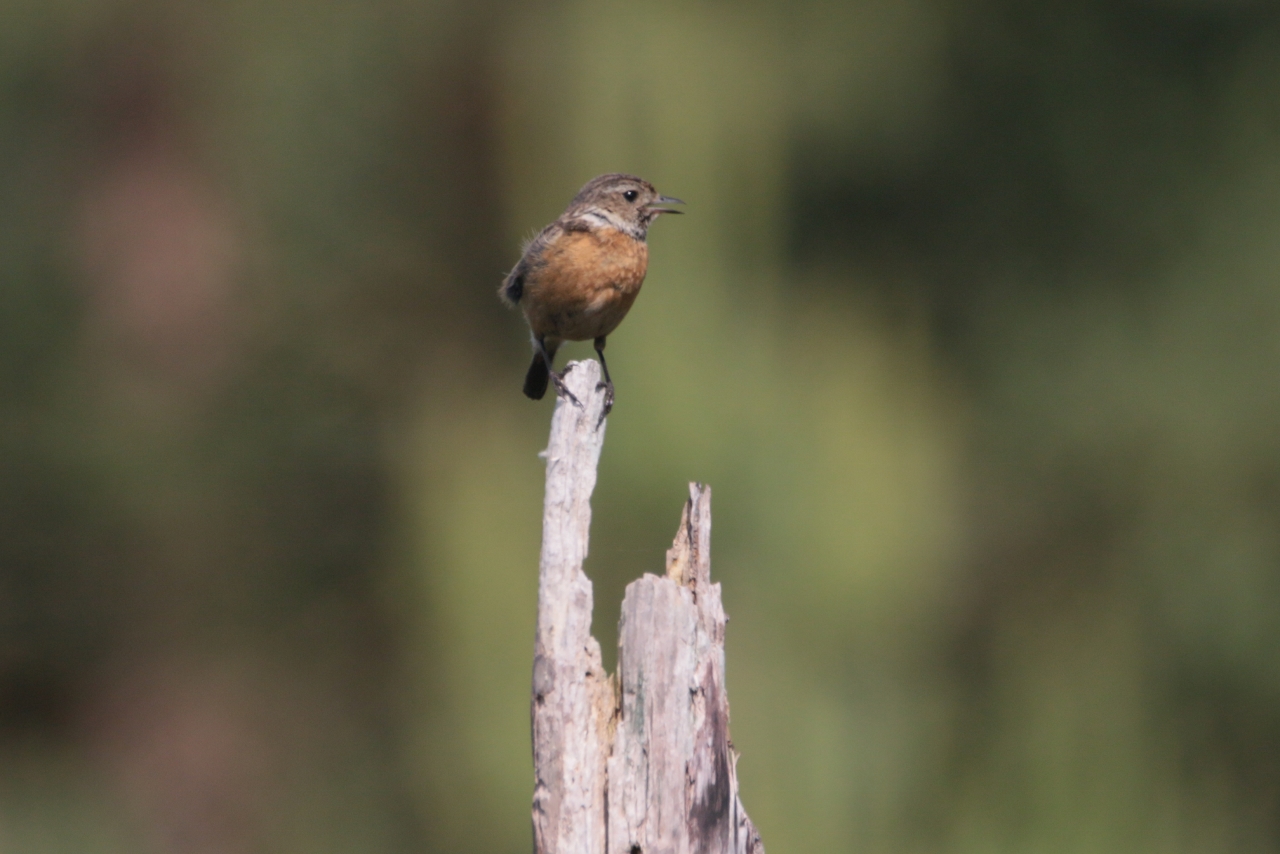
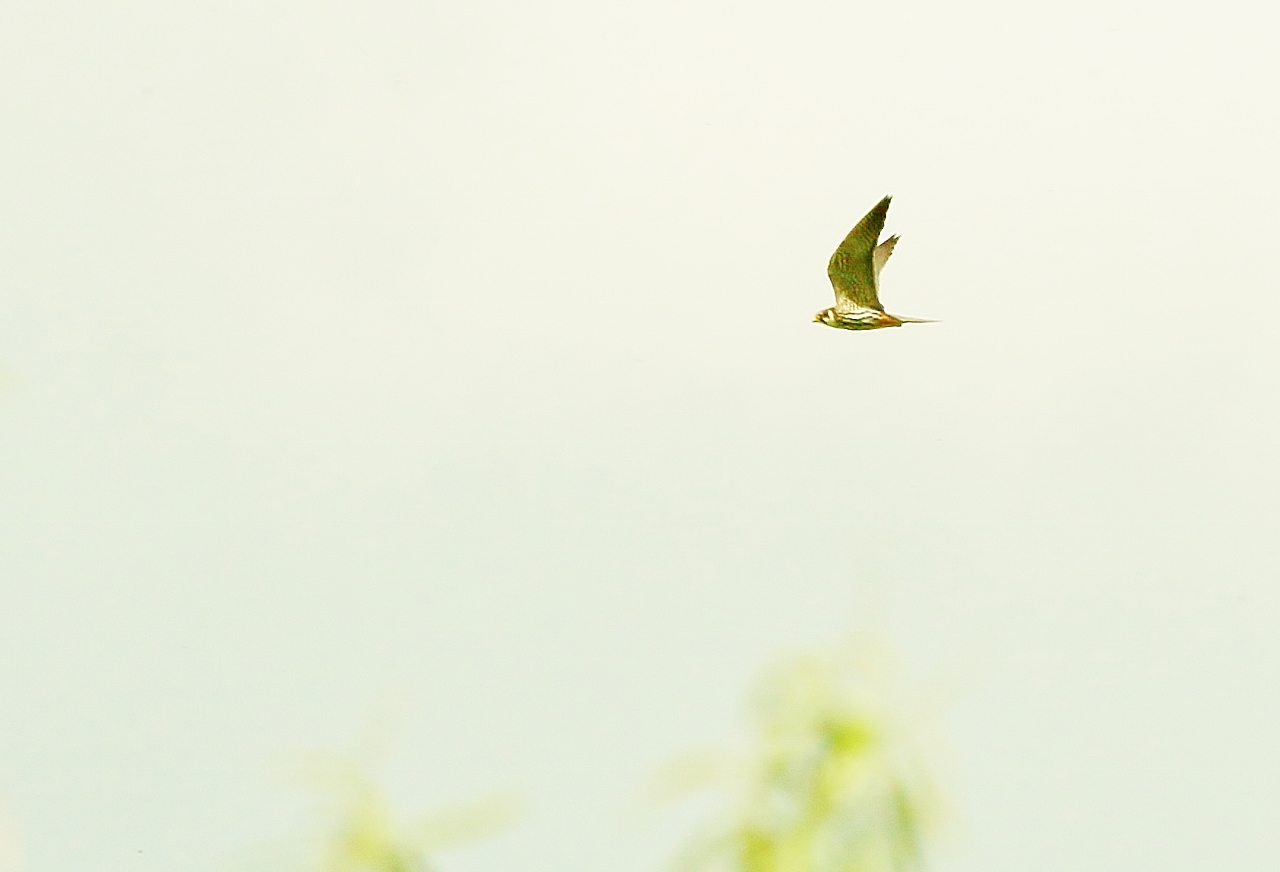
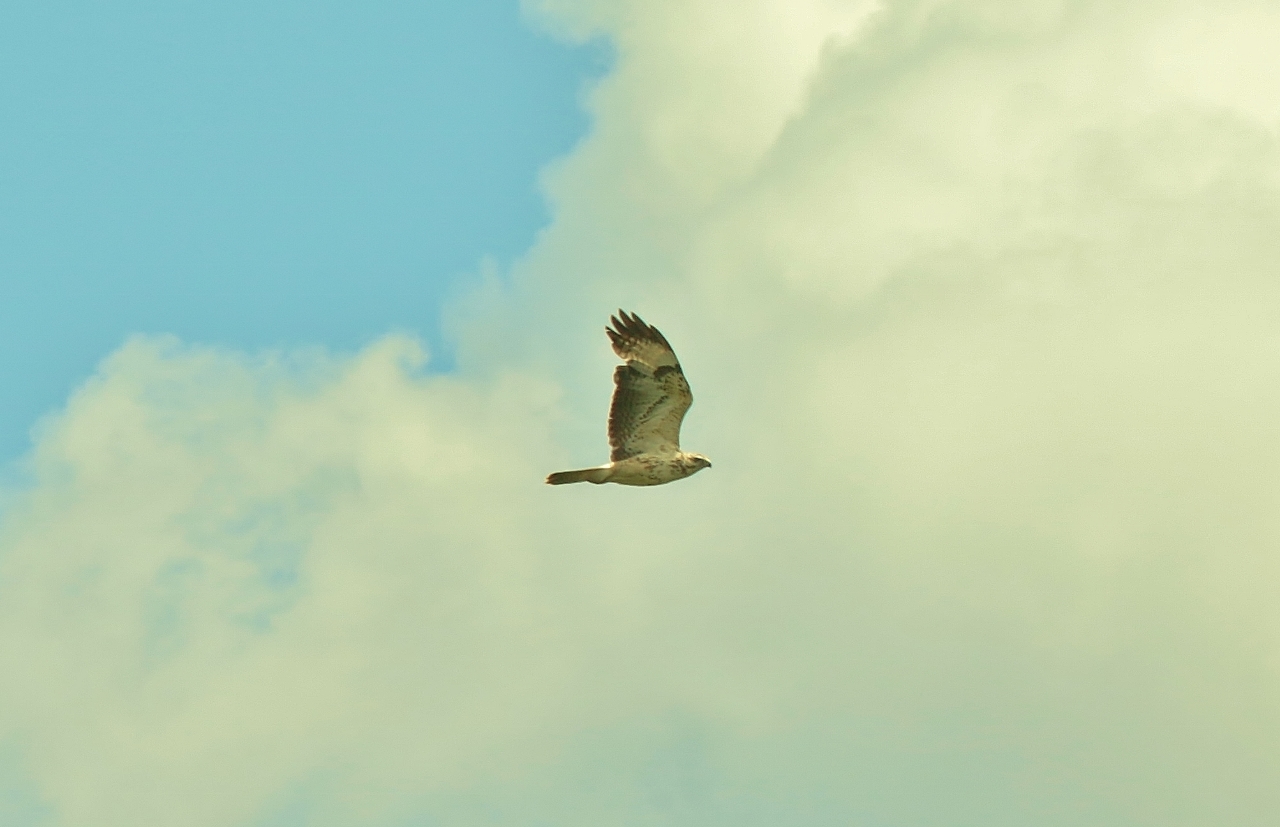



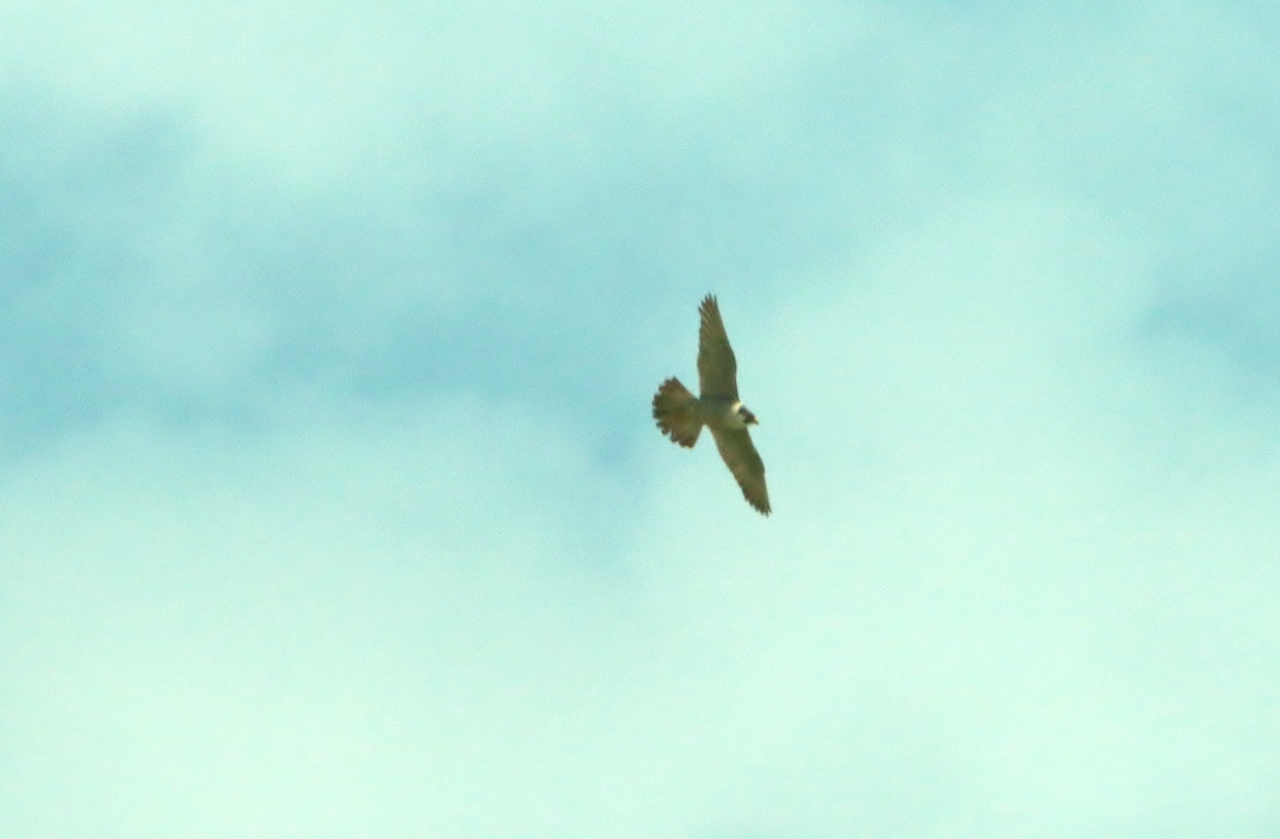
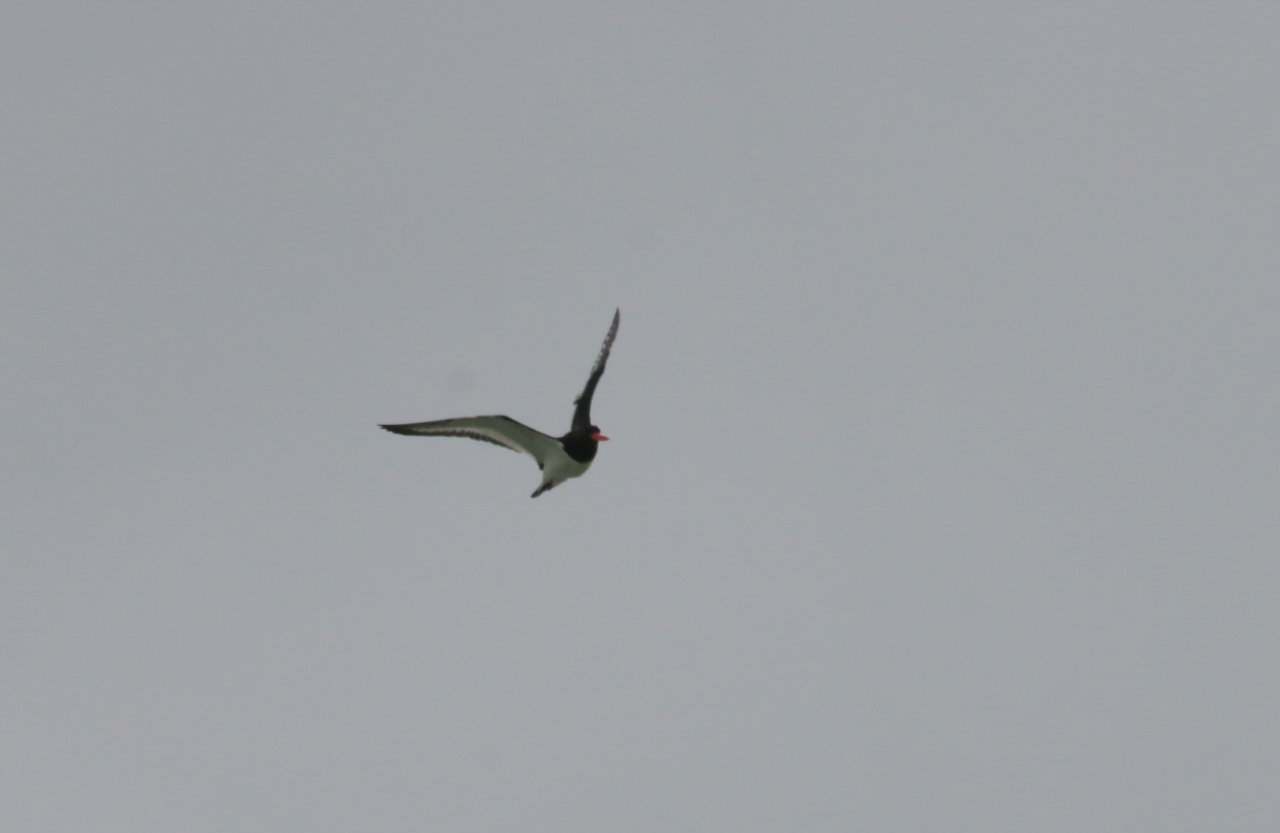

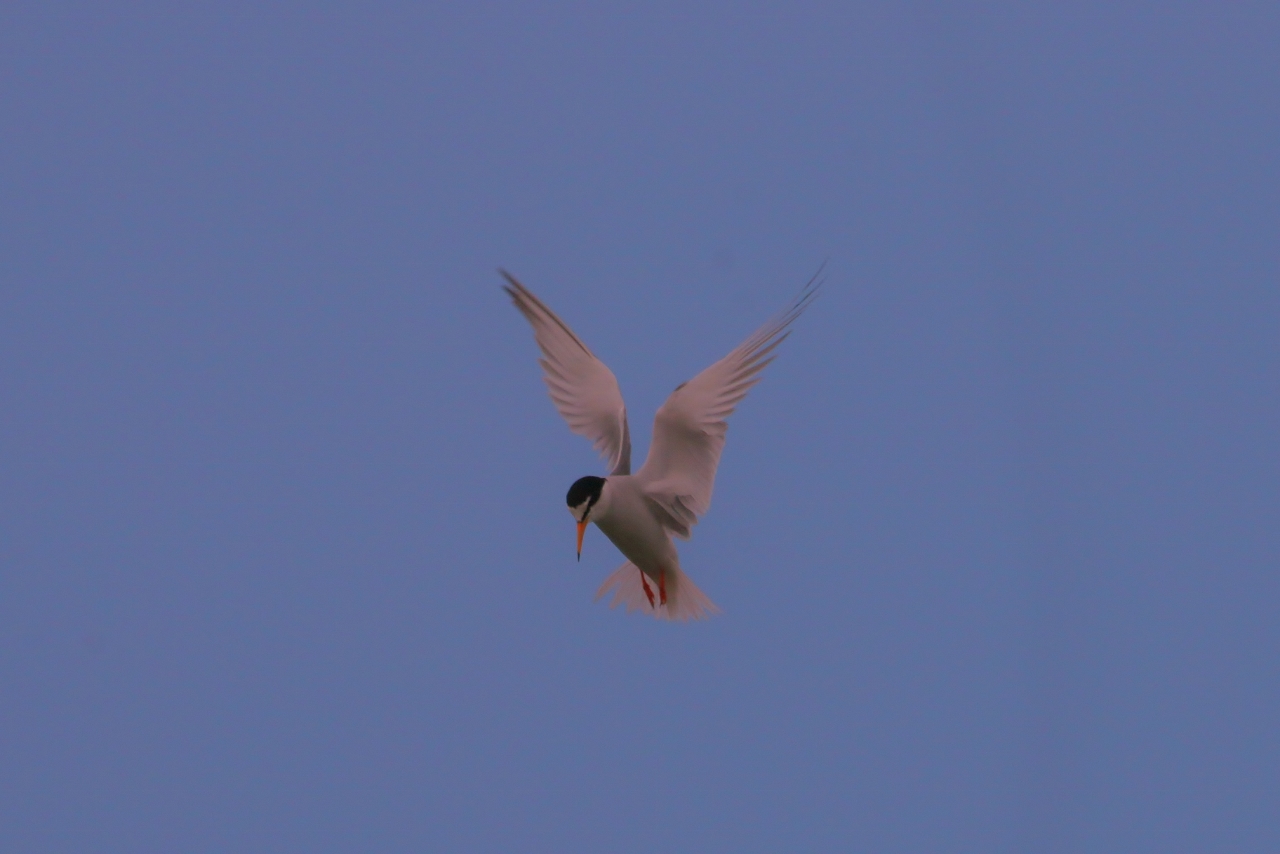



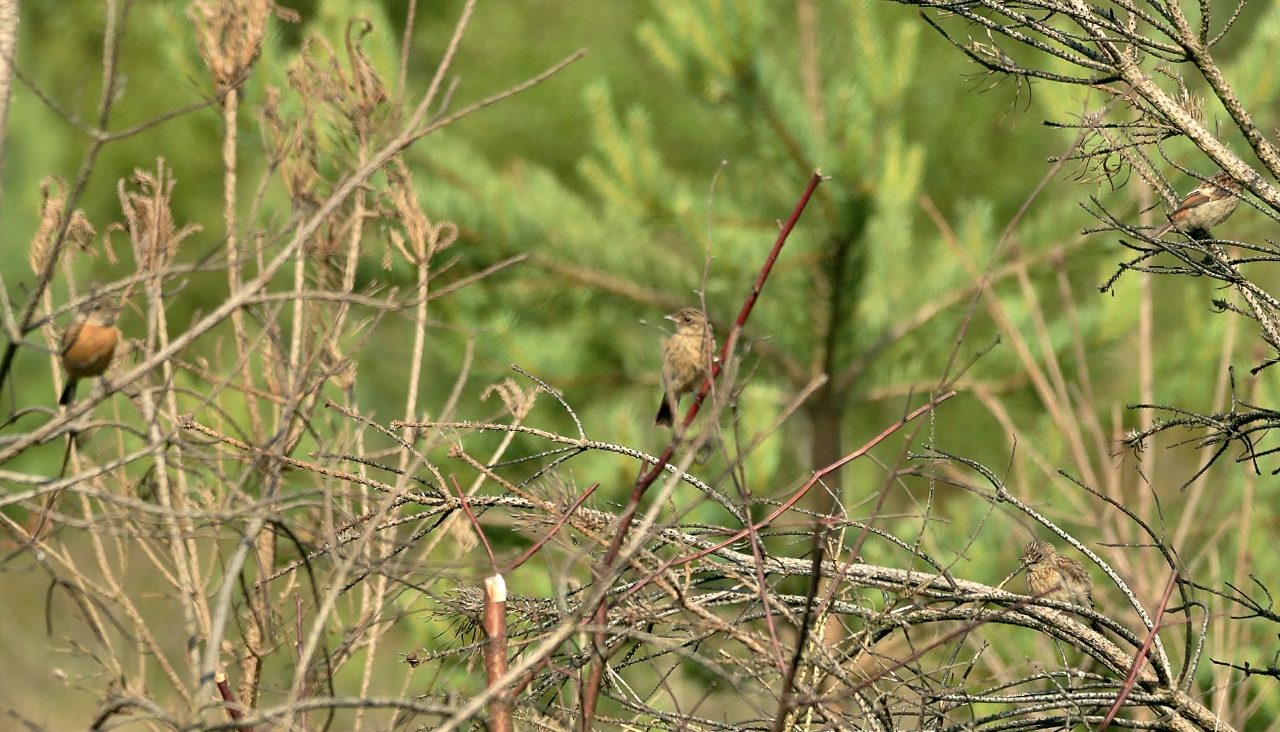


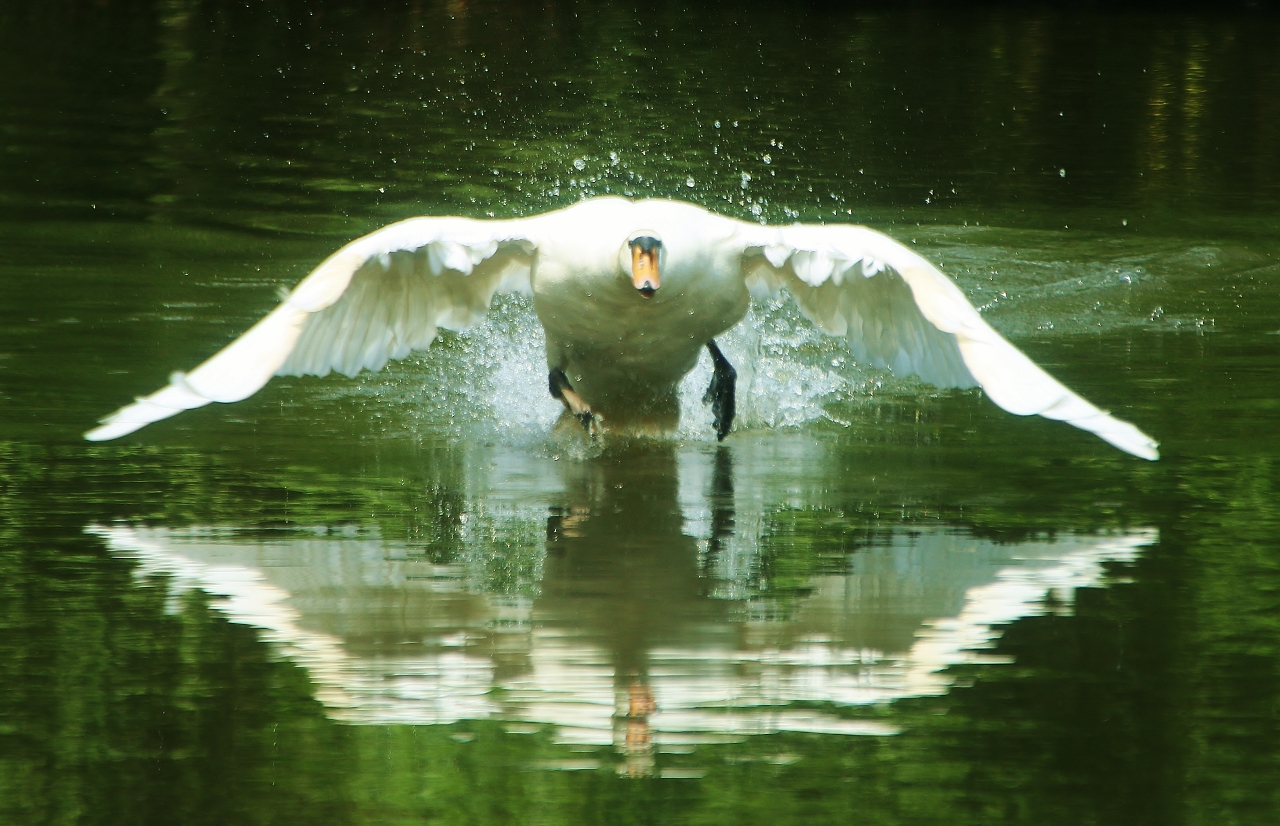
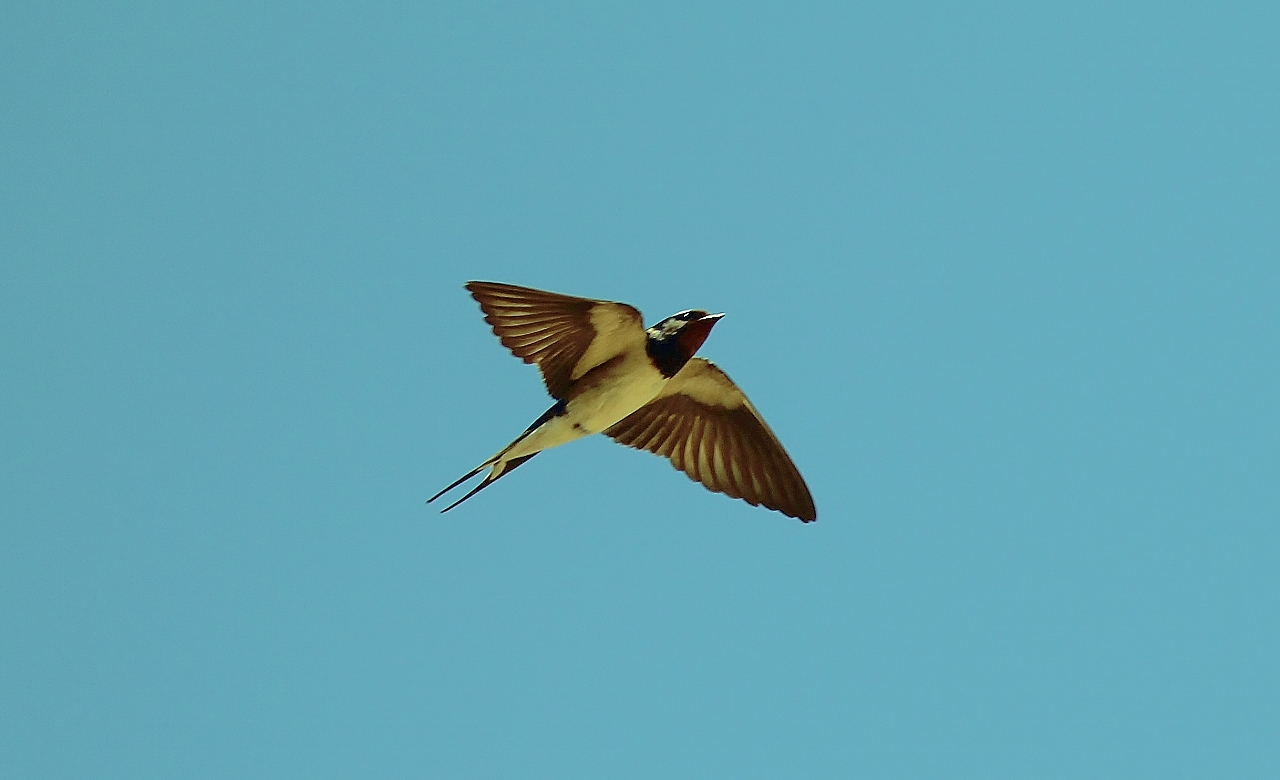




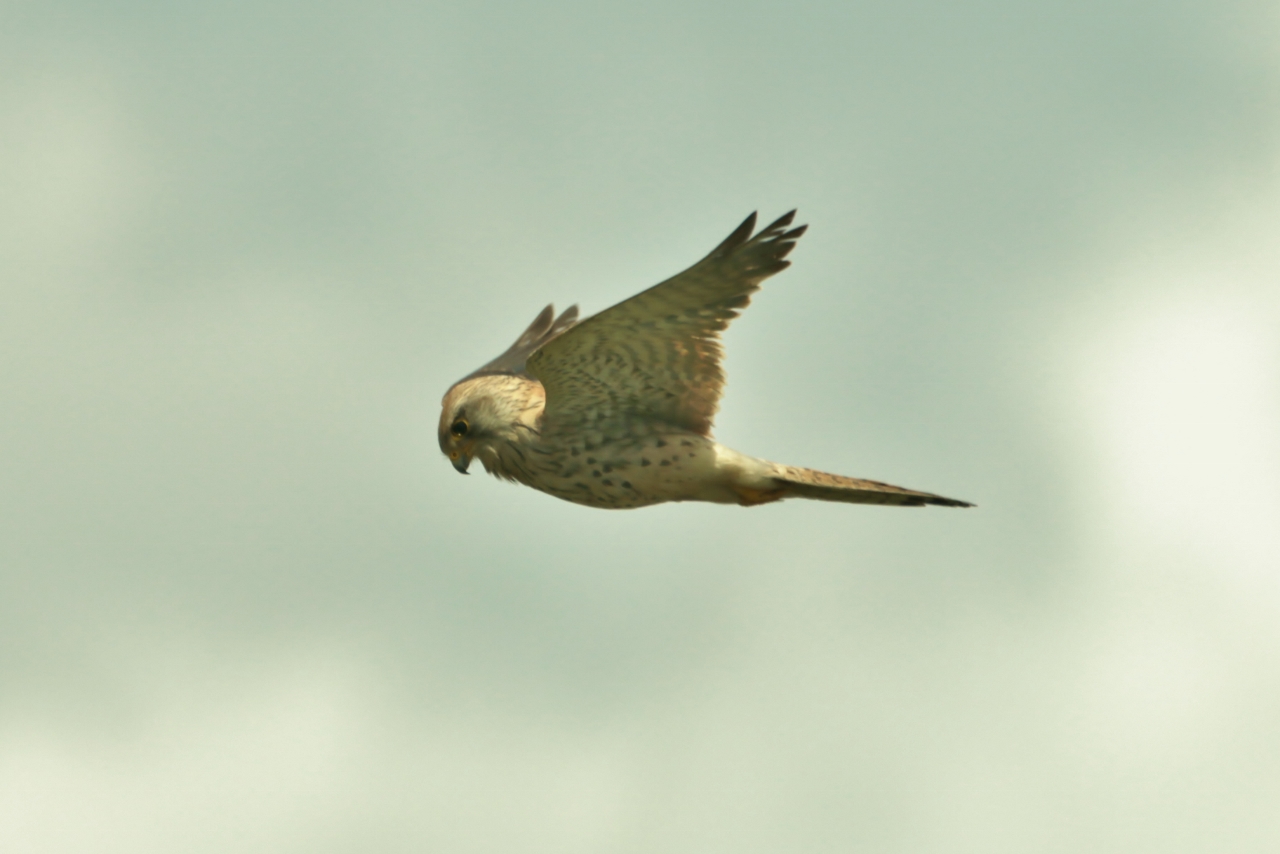
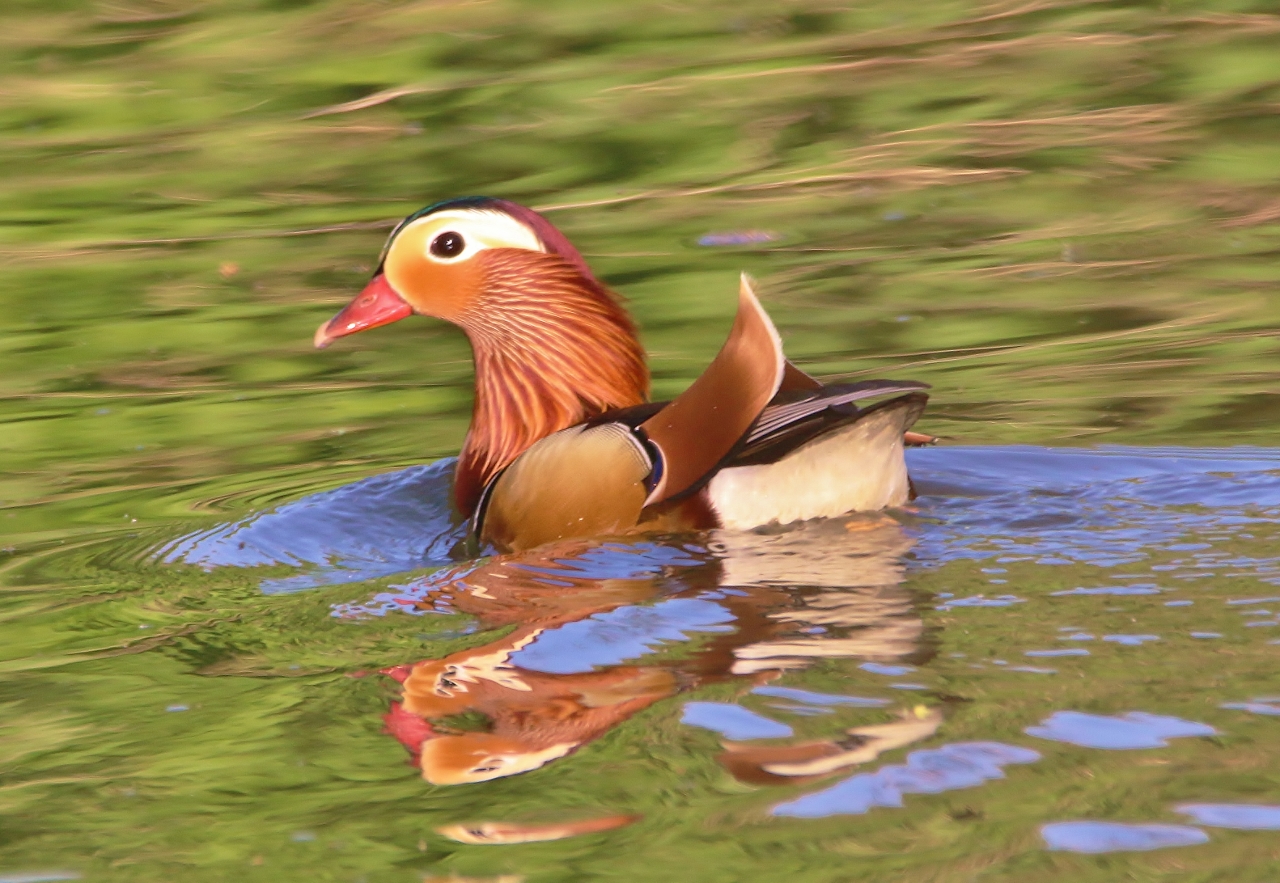
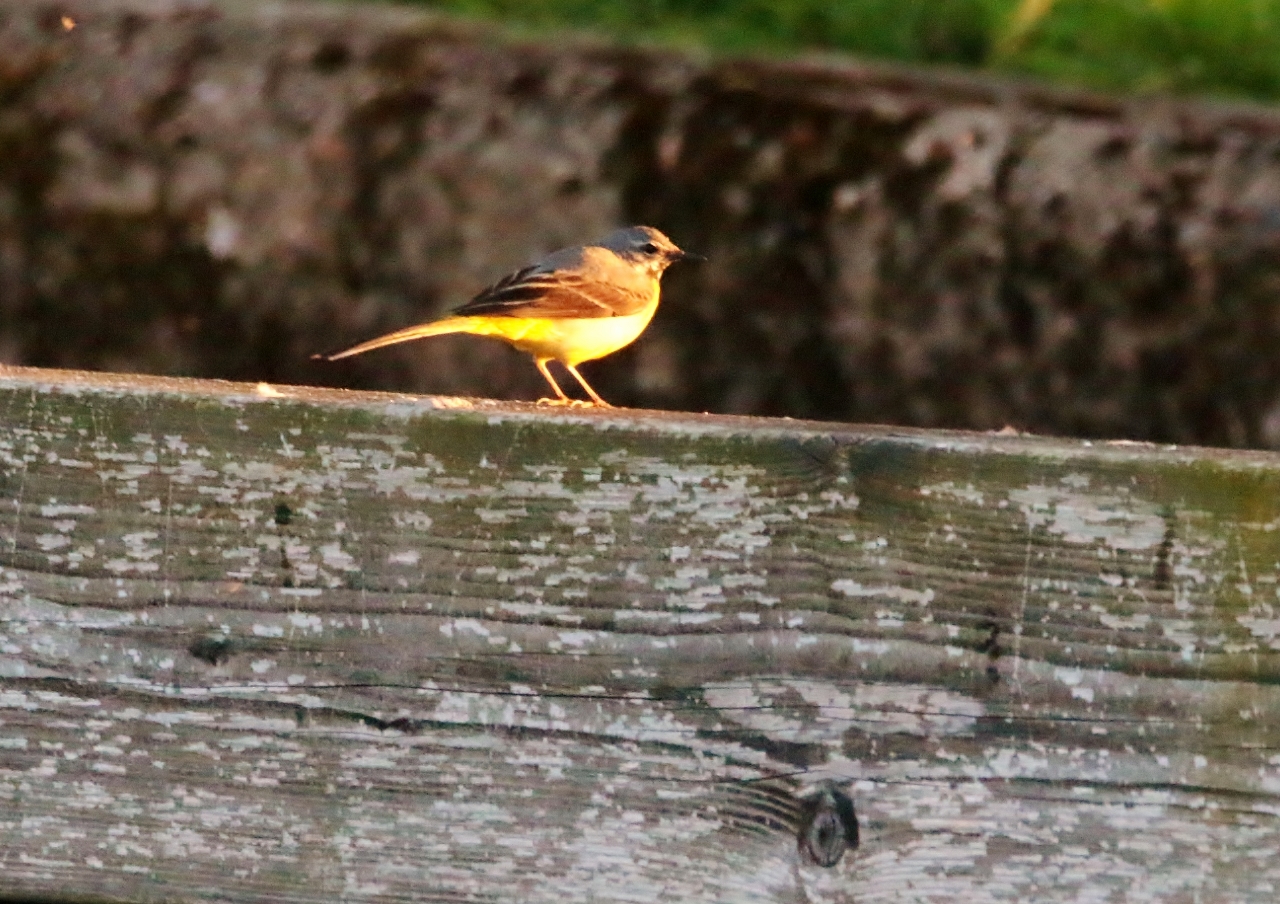
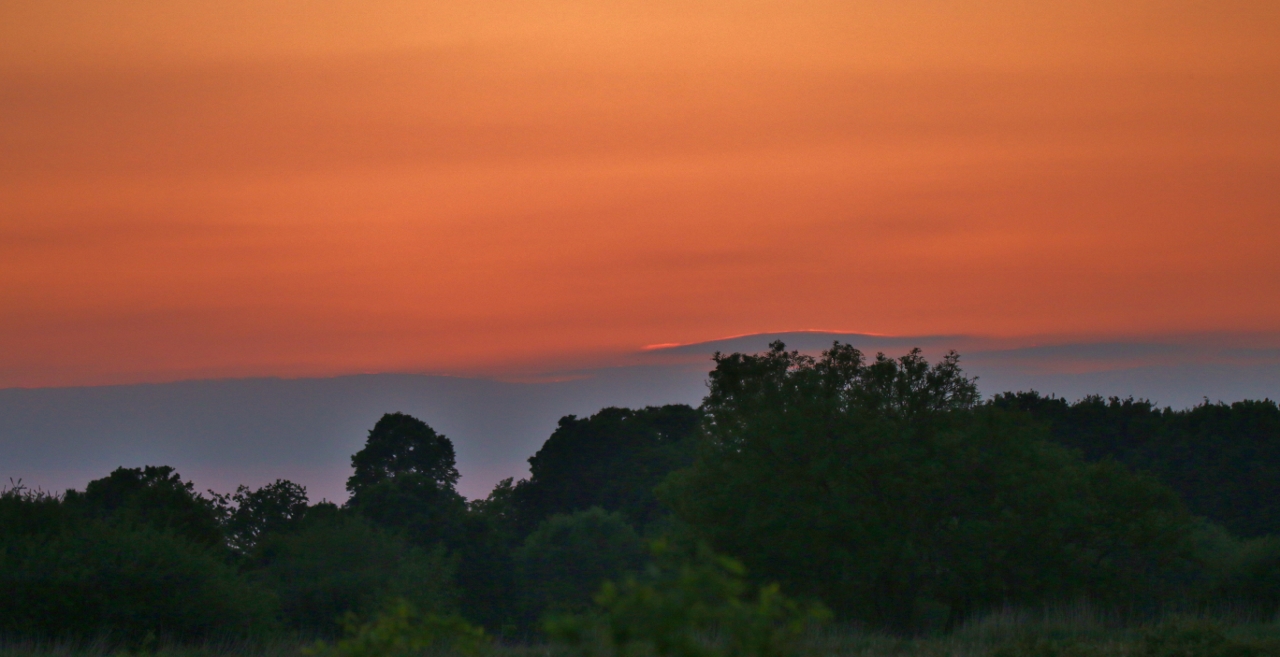






James Sellen
June 25, 2017 at 11:19 pm
Excellent report and great to see the red-footed falcon – a very rare vagrant to Surrey.